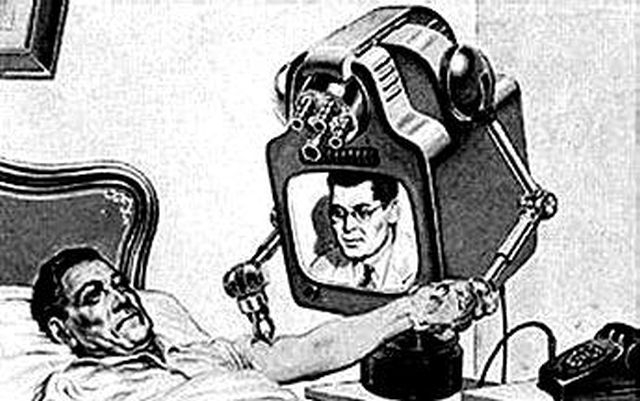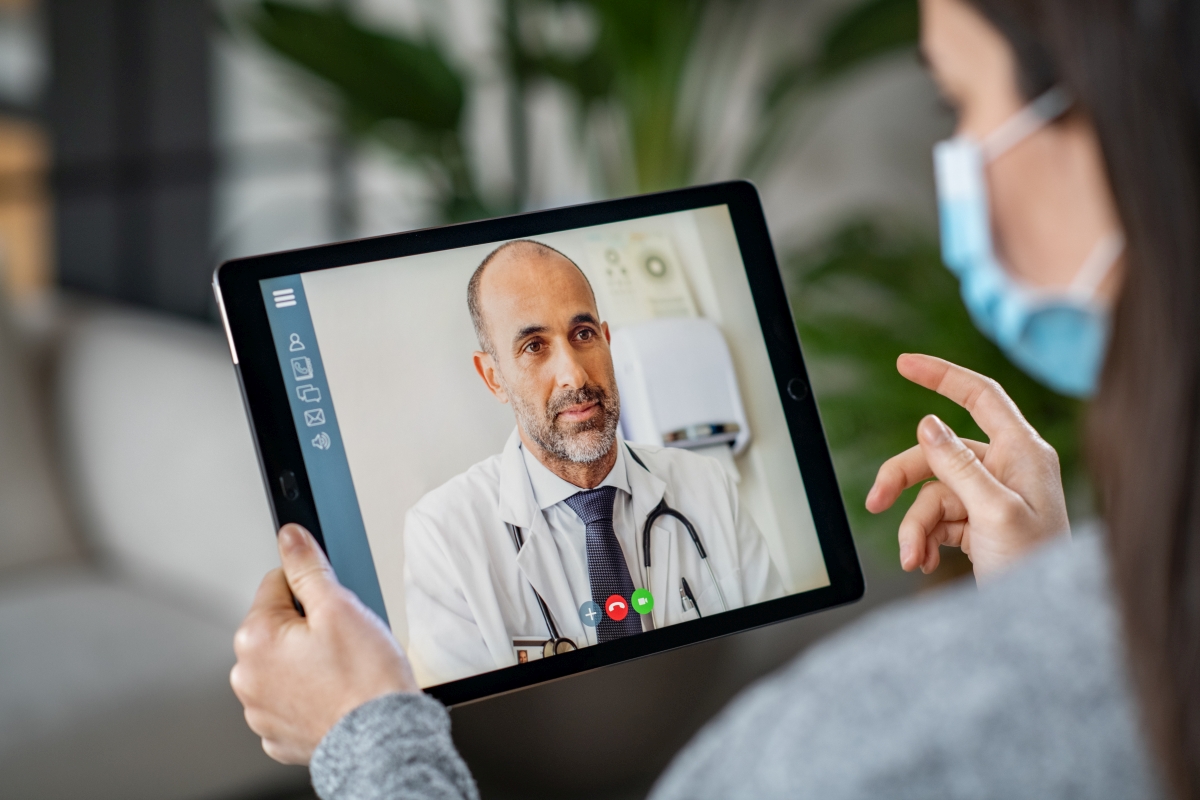Teledoctors: Accessibility to Medical Suggestions At Any Moment, Anywhere
Teledoctors: Accessibility to Medical Suggestions At Any Moment, Anywhere
Blog Article
Discovering the Conveniences and Challenges of Teledoctors in Modern Health Care
As the health care landscape progresses, teledoctors have arised as a crucial part in linking spaces in clinical gain access to and efficiency. While they supply the promise of getting to remote locations and lowering functional prices, the journey is not without its obstacles. Privacy issues, the electronic divide, and cybersecurity dangers pose considerable challenges that must be addressed to harness their full possibility. Just how can the health care industry equilibrium these advantages with the integral difficulties? This conundrum welcomes a much deeper exploration right into the transformative function of teledoctors in shaping the future of medical care shipment.
Expanding Accessibility to Treatment
Telemedicine has arised as a critical innovation in contemporary health care, dramatically expanding access to look after diverse populations. By leveraging electronic innovation, teledoctors have actually transformed the standard medical care shipment design, making it feasible for clients in underserved or remote locations to obtain timely medical consultation. This development is especially helpful for individuals staying in country communities, where the shortage of medical care centers and specialists often leads to delayed or inadequate therapy.
Teledoctors are important in bridging the void created by geographical obstacles. Via virtual examinations, clients can access a vast array of health care solutions without the demand for considerable travel.
The integration of teledoctors right into health care systems additionally sustains the management of public health crises by assisting in quick feedback and triage. During pandemics, for example, online appointments lower the concern on physical health care facilities, lessening direct exposure risks for both clients and health care suppliers. As telemedicine remains to advance, it promises to reshape the landscape of medical care accessibility, making it a lot more comprehensive and effective.
Cost-Effectiveness of Teledoctors
The cost-effectiveness of teledoctors is a significant aspect driving their prevalent fostering in health care systems. By decreasing the need for physical infrastructure and in-person visits, teledoctors provide a more inexpensive choice to typical health care distribution. This model permits doctor to reduced functional costs, such as those connected with keeping physical offices and using extensive on-site staff. teledoctors. As a result, these cost savings can be handed down to patients in the form of minimized consultation charges, making health care much more obtainable to a more comprehensive populace.
Furthermore, teledoctors assist in a more reliable use medical care resources by reducing unnecessary emergency space sees and hospital admissions. Patients can access timely appointments for minor disorders or follow-up treatment, which helps to alleviate the worry on overstretched medical care facilities. This effectiveness not only brings about cost financial savings for health care providers yet additionally minimizes the financial strain on individuals that could otherwise face costly health center bills.
In addition, teledoctors can assist in managing chronic conditions better by giving regular tracking and timely interventions. This proactive approach can protect against problems, thereby minimizing lasting treatment costs. Generally, teledoctors present a viable remedy to the intensifying prices of health care, while keeping top look at this website quality treatment delivery.
Enhancing Patient Convenience
While cost-effectiveness plays a pivotal role in the rise of teledoctors, improving patient benefit stands as an additional compelling benefit of this health care version. With the integration of teledoctors, individuals can bypass the typically lengthy process of scheduling and going to in-person consultations.
Moreover, teledoctors offer flexible organizing, allowing people to prepare assessments sometimes that ideal match their personal why not try these out and professional commitments. This adaptability is indispensable for individuals stabilizing requiring work schedules or family members obligations, making certain that health care can be integrated seamlessly into their lives. Additionally, the capacity to access physician from the convenience of one's home can cause boosted client involvement and adherence to treatment plans, as the obstacles to looking for care are reduced.
The benefit given by teledoctors not only boosts the client experience however additionally adds to a more receptive and efficient health care delivery system, ultimately sustaining much better wellness results.
Dealing With Privacy Worries
In the middle of the expanding fostering of teledoctors, personal privacy concerns emerge as a significant factor to consider. As health care progressively relies on electronic platforms, ensuring the privacy of patient information ends up being critical. The digitization of clinical documents and making use of telecommunication innovations necessitate robust security steps to shield delicate data from unapproved accessibility and violations.
Healthcare companies have to stick to rigid policies, such as the Health And Wellness Insurance Transportability and Accountability Act (HIPAA) in the United States, which establishes nationwide standards for protecting clinical information. Compliance with such guidelines is essential in preserving individual trust fund and guaranteeing their data is handled sensibly. Encryption of data, safe communication Bonuses channels, and regular audits are a few of the actions that can be executed to improve data security.
Cybersecurity risks are developing, and medical care organizations need to remain cautious to new susceptabilities. In addition, informing both patients and health care providers regarding best methods in data privacy is crucial.
As teledoctors become much more essential to healthcare shipment, addressing personal privacy worries is important to make sure both the efficacy and credibility of these solutions.

Browsing the Digital Split
Linking the electronic divide is a vital challenge in the extensive fostering of teledoctors. teledoctors. This divide incorporates differences in access to digital technology, particularly amongst rural, low-income, and senior populaces. These groups usually lack the necessary tools, reliable net connectivity, or digital proficiency needed for efficient involvement in telehealth services. As a result, the benefits of teledoctors-- such as enhanced availability and ease-- stay inaccessible for several people who might most profit from them.
Efforts to mitigate this divide necessitate a multi-faceted strategy. Policymakers have to prioritize framework advancement to enhance web accessibility in underserved areas. Additionally, initiatives to support innovation for low-income households can play an essential duty in guaranteeing fair accessibility. Health care carriers and community companies must work together to use electronic proficiency programs, encouraging individuals to browse telehealth systems confidently. Additionally, designing straightforward interfaces can even more improve ease of access for all demographics, especially the elderly.

Verdict
The combination of teledoctors right into contemporary health care supplies substantial benefits, including raised accessibility to care, cost-effectiveness, and enhanced person ease. Nevertheless, challenges such as privacy problems, the electronic divide, and cybersecurity threats need to be addressed to make best use of these benefits. By implementing durable information defense procedures, improving electronic literacy, and ensuring safe technological infrastructure, the capacity of teledoctors can be fully recognized, advertising fair medical care distribution and changing the medical care experience for all individuals.

Report this page